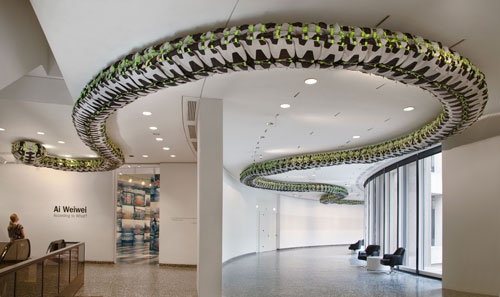With the current heated and bitter conflict in the Middle East between Israel and its unfriendly and hostile neighbors, many people rely on the media to receive news of the goings-on in the region. However, these people don’t get the real truth behind the conflict due to the bias behind the media. Israeli director Dror Moreh seeks to solve the problem with his new documentary, The Gatekeepers, which uses real life experiences from six retirees of secret Israeli safety agency Shin Bet. Shin Bet, also known as Shabak, was initially established in 1949 to address internal issues in the very new country of Israel, which was unfortunately divided due to ideological differences. But after the Six Day War of 1967, the organization was reoriented to gather intelligence in the West Bank and Gaza in order to counteract terrorism. This agency is independent from the Israel military and political structures, as its operatives answer directly to the prime minister and sometimes act as scapegoats for political failures. As the interviews of the six men show, Israel has not always been successful in its attempts to prevent conflict and has in fact resorted to fighting fire with fire in order to win out in the conflict. Some of these actions include a “targeted assassination” of Hamas militants (Hamas is a prominent Palestinian militaristic movement whose actions prevent peace between Arabs and Israelis), “moderate physical pressure” that could even be fatal to Palestinian prisoners of war, and other tactics used under the threat of occupation. These six men also address some controversial problems that have threatened to undermine Israeli politics, such as the deaths of 2 suspects in a bus hijacking in 1984 that led to the subsequent resignation of Shin Bet director Avraham Shalom and threatened the downfall of Prime Minister Yitzhak Shamir’s regime. The agency also failed to act in time to predict the outbreak of the first Intifada and wasn’t able to stop the assassination of former Israeli Prime Minister Yitzhak Rabin by a right wing Jewish extremist in 1995. Yaakov Peri, who served as the director of Shin Bet during the first Intifada, states that the job makes one lean towards a left wing outlook. Although these left wing politicians favor a two state solution, they all share a professional philosophy of ruthless and sentimental pragmatism which only increases their worry about the current state of Israel politics. Overall, this documentary has a very dark mood due to the stories traded from the memories of eyewitnesses who were and are still privy to doubts and ambivalent emotions. It is through these emotion driven stories that the audience will learn of a collective history of past and present Israeli politics with unbelievable clarity from a fair minded perspective. This documentary is sure to shake the foundation of people’s beliefs, however extreme or moderate they are. The gears in the minds of the people will start to move and more strategic means will be taken to fix the mistakes of the past to ensure a safer and more profitable future for not only Israel, but the entire Middle East.
What do you think of the approach of this documentary? Do you think that exposing the truths of Israeli politics could compensate for the mistakes of the past? Will this help bring awareness and intrigue towards the situation in the Middle East? What are the possible implications of this documentary in Israel and the Middle East?





